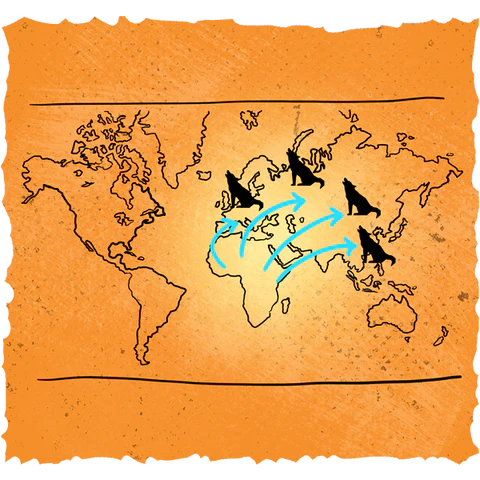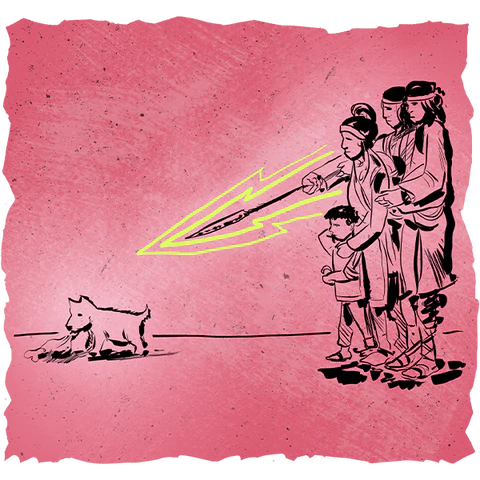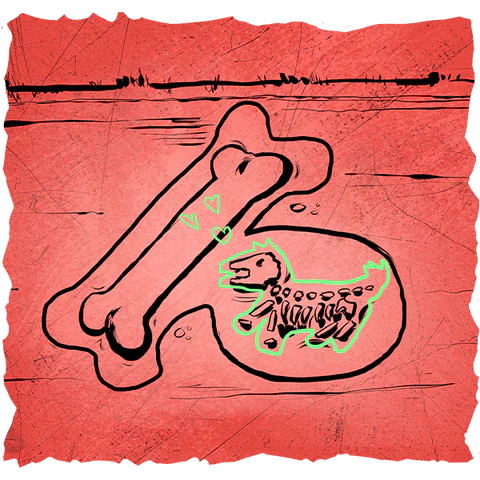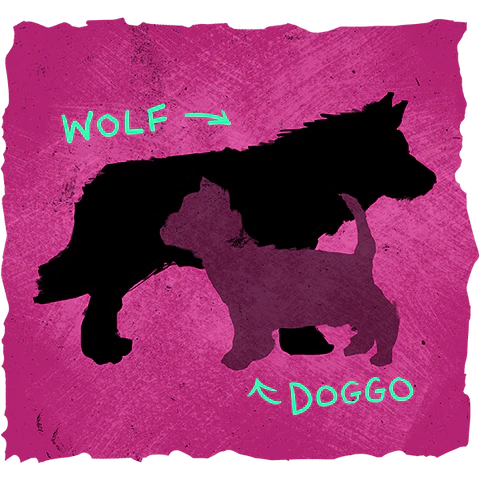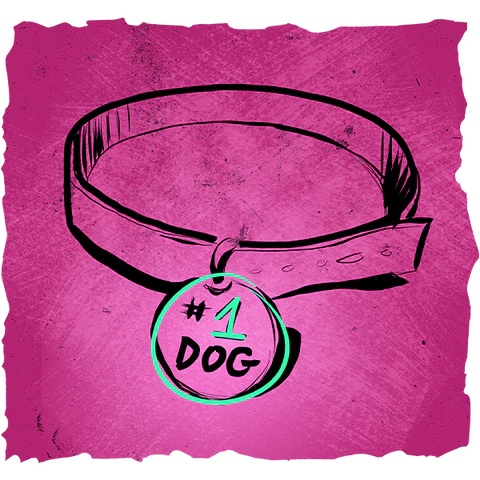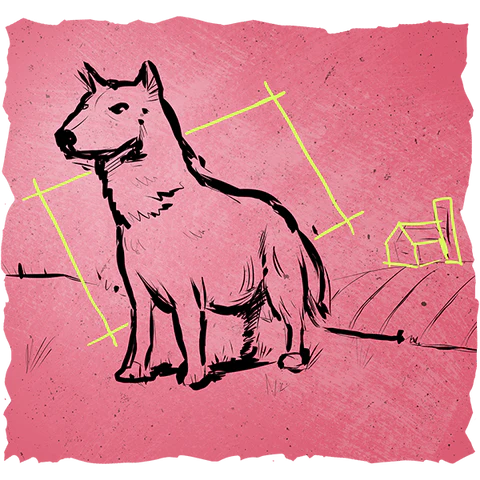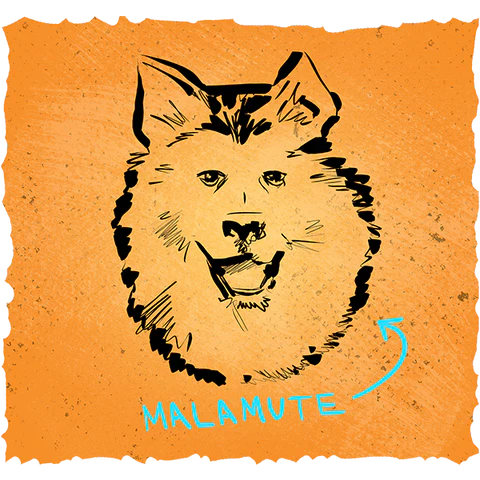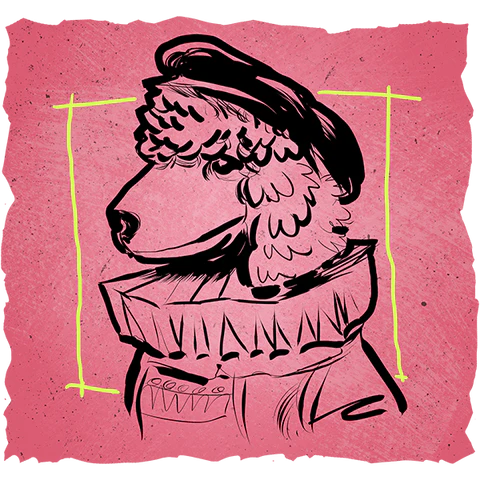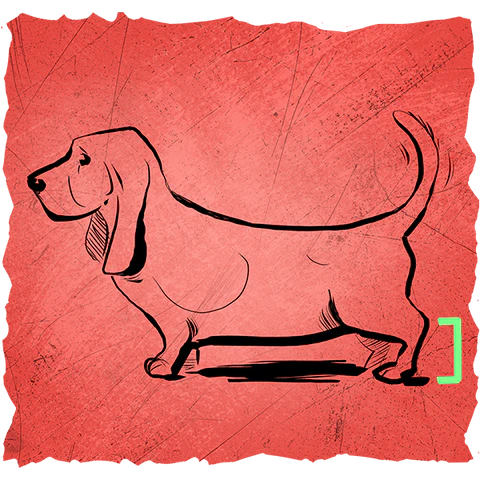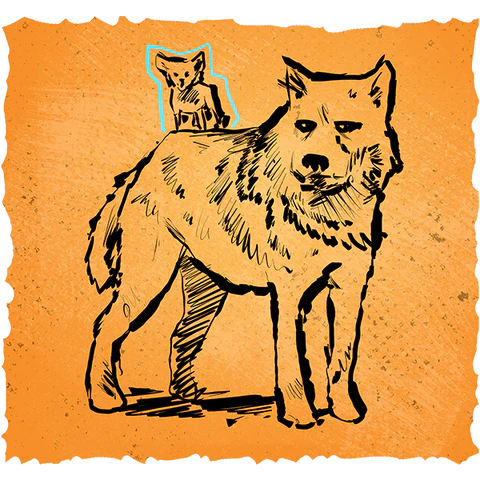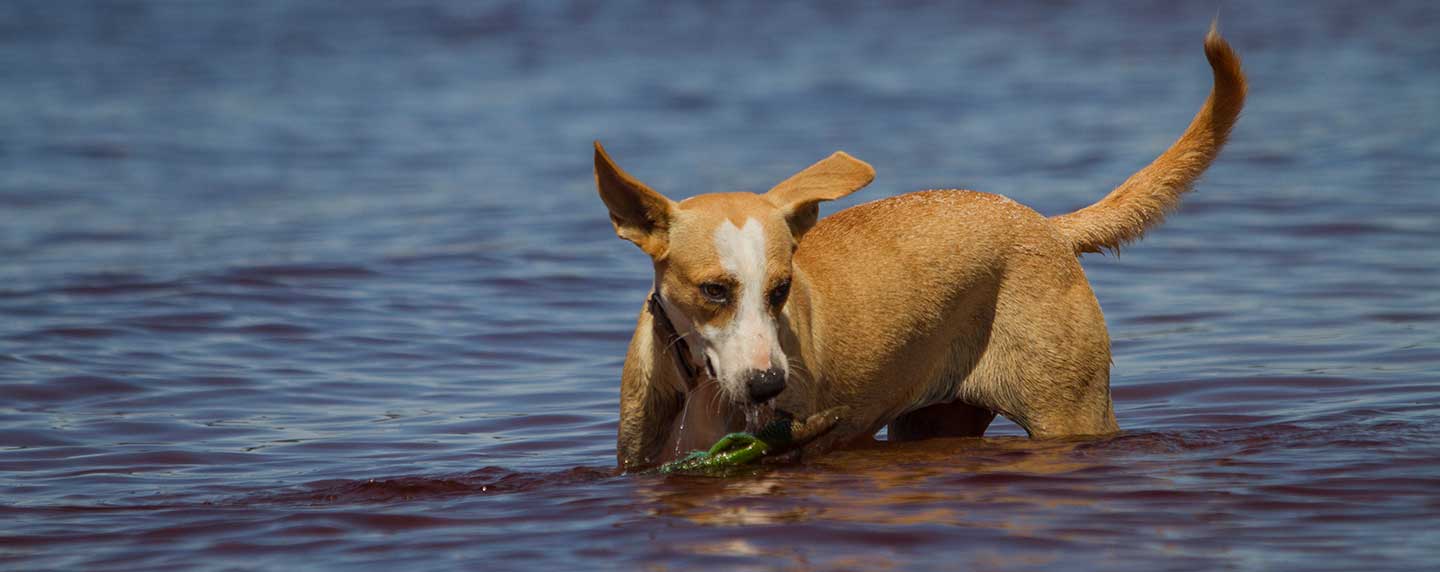While scientists continue to debate the timeline and the number of domestication events, genetics and DNA testing have proven without a doubt that coyotes, dingos and jackals were never the ancestors of dogs. And there is no dispute about the profound effects we’ve had on each other’s evolution.
"NATURAL" SELECTION
You might be wondering how breeding can create such a menagerie of different dogs. The answer is fewer variables. Humans have 100 genes that determine a person’s height. In dogs, size is determined by seven genes, and only three genes determine coat type. So it’s much easier to manipulate the physical characteristics of dogs through selective breeding.
Geneticists have proven that selecting for behavior like friendliness can coincide with physical outcomes such as floppy ears and a tail that curls up. That’s natural, not to mention adorable. But the way breeding is used to maintain or advance physical aesthetics is, strictly speaking, not evolution.
A study at Imperial College in London found that 20,000 boxers in the U.K. contain the genetic diversity of about 70 distinct dogs. Limited gene pools in some breeds have led to more than 600 genetic disorders in dogs. In contrast, wolves in the wild suffer from only six.
THE EVOLUTION OF OUR RELATIONSHIP WITH DOGS IS THE REAL STORY
In some ancient cultures, when people died their bodies were fed to the dogs. It was thought that dogs were the gateway to an afterlife, that the deceased’s soul would then pass through the dog (which they also did quite literally). We don’t do that anymore. That’s because our relationship with dogs is always changing. And that’s the story of how dogs evolve.
Dogs have gone from evolving with us to being designed by us. We owe it to them to understand the consequences of our actions and protect them. It’s a small price to pay for the loyalty and protection they’ve given us.
You can better understand your dog’s ancestral heritage by having their DNA tested and compared to the largest database of genomic information in the world. Uncover potential health issues and the mystery of what breeds went into your dog. Visit our sister company, Wisdom Panel(open in new tab). It’s one reason we understand so much about the nature of dogs and how to make food that satisfies them.
